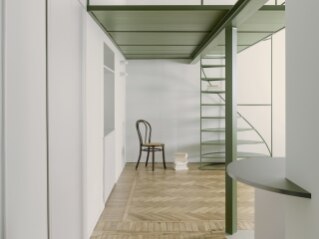by Gabriele Niola
Like a kind of perfect storm, the arrival of the British TV series Black Mirror in 2011 coincided with the rise of speculative design. This refers to the creation of futuristic design objects for the sake of fun, experimentation, or as a way to express ideas—objects that will never be produced or may not even be technically possible. Yet, their design is still developed to either explore radical concepts of functionality or to illustrate what innovative design might look like. At its best, speculative design also acts as a commentary on the excesses and trajectories of today’s society.
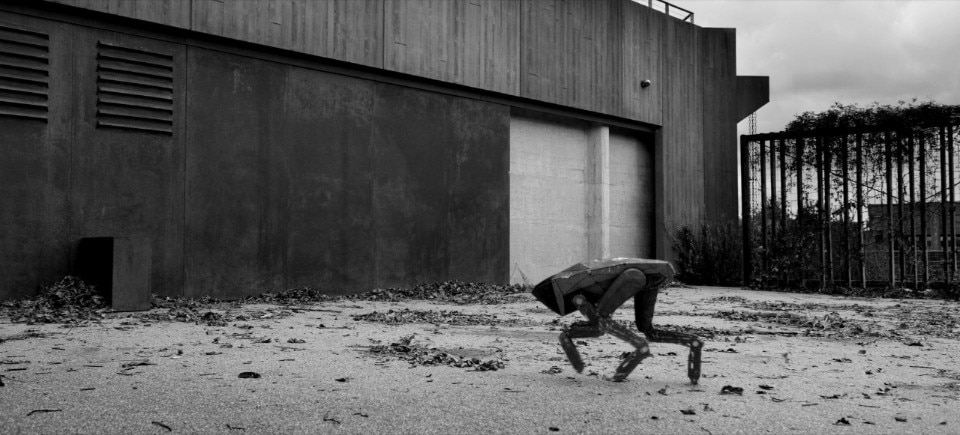
In its early years, Black Mirror featured plots that seemed to originate precisely from speculative design concepts—stories born from technologies and the ways people might use them. Charlie Brooker, the creator and writer of every episode, has often said that Black Mirror is about “stupid people with powerful technologies.” This suggests that, in many cases, the causal relationship is reversed from what we usually expect: the stories aren’t built around technologies, but rather the technologies—with their design and functionality—spark the stories, revealing something about ourselves. In a game of action and reaction, Black Mirror itself has inspired countless speculative design projects, both amateur and professional.

Although Black Mirror tells a self-contained story in each episode—seemingly from different narrative universes—there is a strong sense of continuity rooted in design. All of the futuristic technologies in the series share a minimalist aesthetic reminiscent of Jonathan Ive’s style (after all, the series emerged during the same years that Ive and his work for Apple were being celebrated). These are small objects that integrate seamlessly into people’s lives, clearly designed for consumer use, which enhances their sense of plausibility. Even if what these technologies do is far from what’s possible today, their familiar design shortens the perceived distance between fiction and reality.


As Black Mirror demonstrates through its narrative use of design, the series embraces a fundamental goal of modern art and provocative design: to destabilize our understanding of the present.
This shift—from the application of design to its implications—is what makes Black Mirror different from most science fiction. What lies behind the shape, the aesthetics, and the functionality of these technologies? The ease of use of certain devices suggests ruthless marketing strategies. In fact, the very first episode of the newly released seventh season centers on the workings of a technology that keeps a character alive—not just postponing death but enabling bodily functions to be managed via smartphone. The technology is tiered like a subscription service: the more you pay each month, the better your condition; the less you pay, the more side effects you experience.

And then there’s the Nubbin, the most iconic and recurring design element in the entire series. It’s a small disc applied to the temple, often seen throughout Black Mirror. The Nubbin enables various interactions with the character’s brain and has become a series staple over time. In the seventh season alone, it appears in at least two episodes: used by Paul Giamatti to relive memories by stepping into photographs, and to enter the world of a film. The device is so central that Netflix made it the focus of its marketing campaign, complete with fake emails hinting that the technology was about to be released. There’s also a promotional video on TikTok and a set of FAQs listing potential risks of its use.
More broadly, Black Mirror episodes and inventions have served as fertile ground for speculative design ideas. San Junipero, a much-loved and critically acclaimed episode from season three, features a technology that allows for life after death—entirely virtual and devoid of spirituality: a paradise simulation hosting the consciousness of the deceased. It’s a concept not far from Aeon Flux, a project by artist Emilia Tikka, involving an inhaler that lets users stay young and live other people’s experiences. Nor is it so different from End of Life, a machine by speculative designer Dan Chen that replaces loved ones at a dying person’s bedside with companion robots.

Conversely, the episode Metalhead (season four) is built entirely around the design of Boston Dynamics’ robots, imagining a familiar scenario: what if those robots were turned against humans? The difference from other “robots vs. humans” narratives lies not in the desolation or destruction—those are similar—but in the fact that the entire episode stems from the robots’ design: animal-like forms, built for autonomous mobility across any terrain, nearly unstoppable. As a result, the story focuses entirely on one person being hunted by a dog-shaped robot. It’s Terminator, but stripped of plot complexity, based only on the terrifying potential of a technology designed to walk anywhere and overcome all obstacles.
In the Christmas special White Christmas, a person’s consciousness animates an AI assistant similar to Alexa, and the protagonist is the one who must train it. Human consciousnesses, when first placed into these management devices, tend to resist cooperating. But the device—designed like a kitchen timer—lets the operator accelerate time, making the AI experience months of isolation in what amounts to mere seconds in the real world. That is the core idea of the episode: the terror of technological scale, emerging directly from the imagined functionality of a simple object.
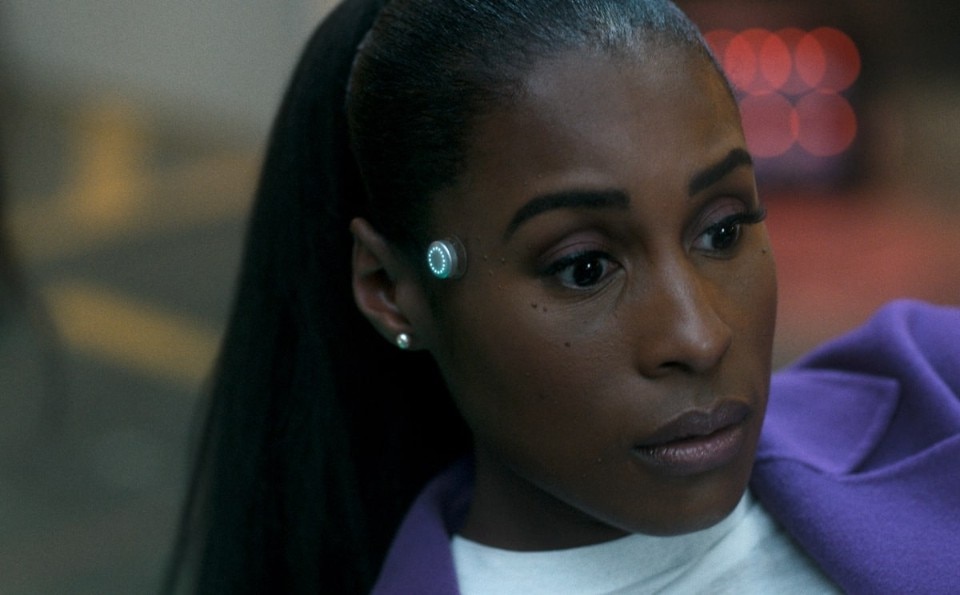
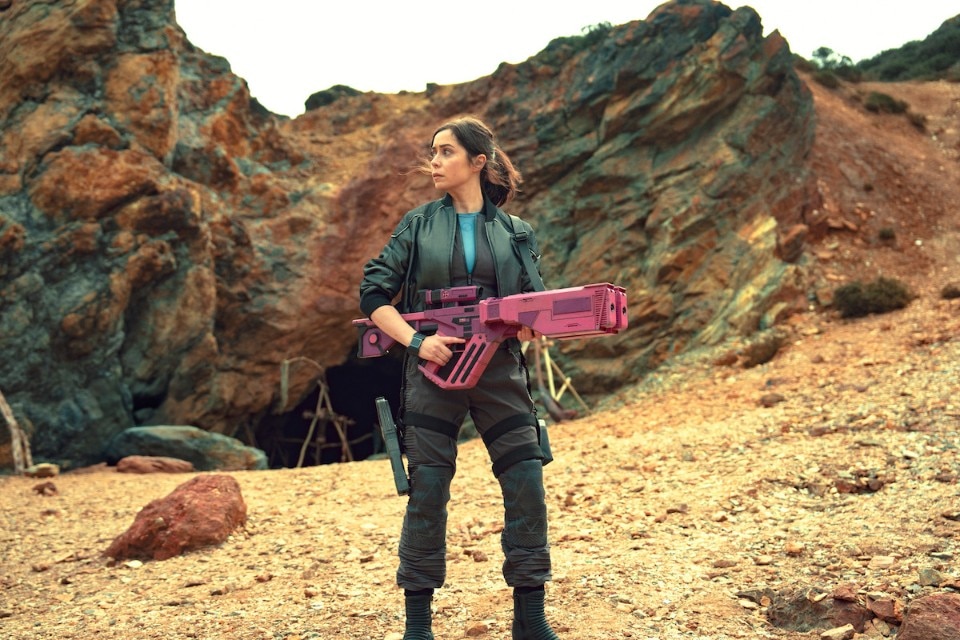
As Black Mirror demonstrates through its narrative use of design, there’s no real intent to predict the future—contrary to what is often expected of science fiction. Rather, the series embraces a fundamental goal of modern art and provocative design: to destabilize our understanding of the present. More importantly, in most cases, it does so by exploring the moral implications of choices we make today—implications we may only fully grasp tomorrow.
Opening image: Black Mirror Season 7, 2025. Courtesy Netflix








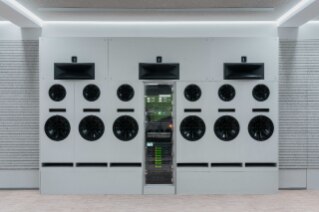

.jpg.foto.tbig.jpg)



